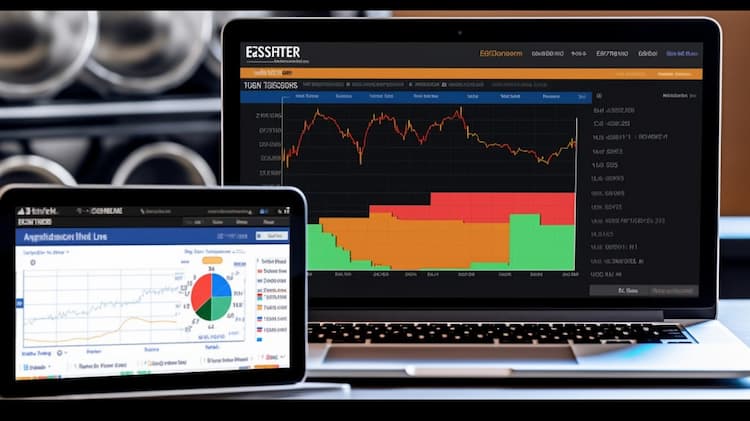
XLE Vs VDE: Sectors and Top Holdings
Exchange-Traded Funds (ETFs) have become a cornerstone of modern investment strategies, providing diversified exposure across a range of sectors and asset classes. In this article, we will conduct an in-depth comparison between two prominent ETFs: XLE (Energy Select Sector SPDR Fund) and VDE (Vanguard Energy ETF). Our exploration will cover a spectrum of vital elements, including ETF tickers, full names, issuers, sectors, top holdings, capitalization, strategy, tracking, and exposure.
XLE Vs VDE: Overview
XLE and VDE are two ETFs that approach the energy sector from slightly different angles. While XLE focuses on capturing the performance of energy companies within the S&P 500 Index, VDE seeks to track a broader index encompassing the entire energy sector. This divergence in strategy translates to distinct investment opportunities and associated risks, which we will dissect in the subsequent sections.
XLE Vs VDE: Sectors and Top Holdings
The XLE ETF concentrates its holdings in energy giants like ExxonMobil, Chevron, and ConocoPhillips. In contrast, VDE's portfolio encompasses a broader range of energy-related companies, spanning not only integrated oil and gas companies but also firms engaged in exploration, production, and equipment manufacturing. Understanding the sectors and top holdings helps investors tailor their exposure to match their investment goals and risk tolerance.
 XLE overlap XLE VS VDE
XLE overlap XLE VS VDE
XLE Vs VDE: Capitalization and Strategy
XLE boasts a substantial asset under management (AUM), indicative of its popularity among investors seeking exposure to the energy sector's performance. VDE's approach involves replicating the performance of the MSCI US Investable Market Energy 25/50 Index. This strategic contrast, coupled with varying capitalization levels, results in differing potential returns and associated risks, factors that warrant careful consideration for potential investors.
XLE Vs VDE: Tracking and Exposure
XLE is designed to mirror the performance of energy companies within the S&P 500, offering a straightforward way to gain exposure to the energy sector's larger players. VDE, on the other hand, provides investors with broader industry exposure, incorporating companies of various sizes across the energy supply chain. XLE closely tracks an established benchmark, while VDE aims to mirror the broader energy sector's performance, including segments that may not be as prominently represented in traditional energy indexes.
Conclusion
XLE and VDE stand as distinctive offerings within the energy sector ETF landscape, appealing to investors with differing risk appetites and investment preferences. For those keen on delving deeper into the intricacies of these ETFs' holdings, correlations, overlaps, and other nuanced insights, ETF Insider serves as the ultimate resource. This user-friendly app equips investors with a wealth of information, enabling them to make informed decisions based on their financial objectives and risk tolerances.
Disclaimer: This article is intended for informational purposes only and does not offer investment advisory services.
Sources:
XLE quote and analysis
Discover the top holdings, correlations, and overlaps of ETFs using our visualization tool.
Our app allows you to build and track your portfolio.
To learn more about the XLE Energy Select Sector SPDR Fund, access our dedicated page now.
FAQ
Why is XLE better than VDE?
XLE may be considered better than VDE for some investors due to its specific focus, offering diversification.
Does VDE beat XLE?
VDE's performance relative to XLE will vary over time, depending on market conditions.
Should I invest in XLE or VDE?
The choice between XLE and VDE should align with your investment goals, risk tolerance, and desired exposure.
Are XLE and VDE good investments?
Both XLE and VDE can be suitable investments depending on individual investment strategies, goals, and risk profiles.
What is the correlation between XLE and VDE?
The correlation between XLE and VDE can vary over time, reflecting differences in performance.





